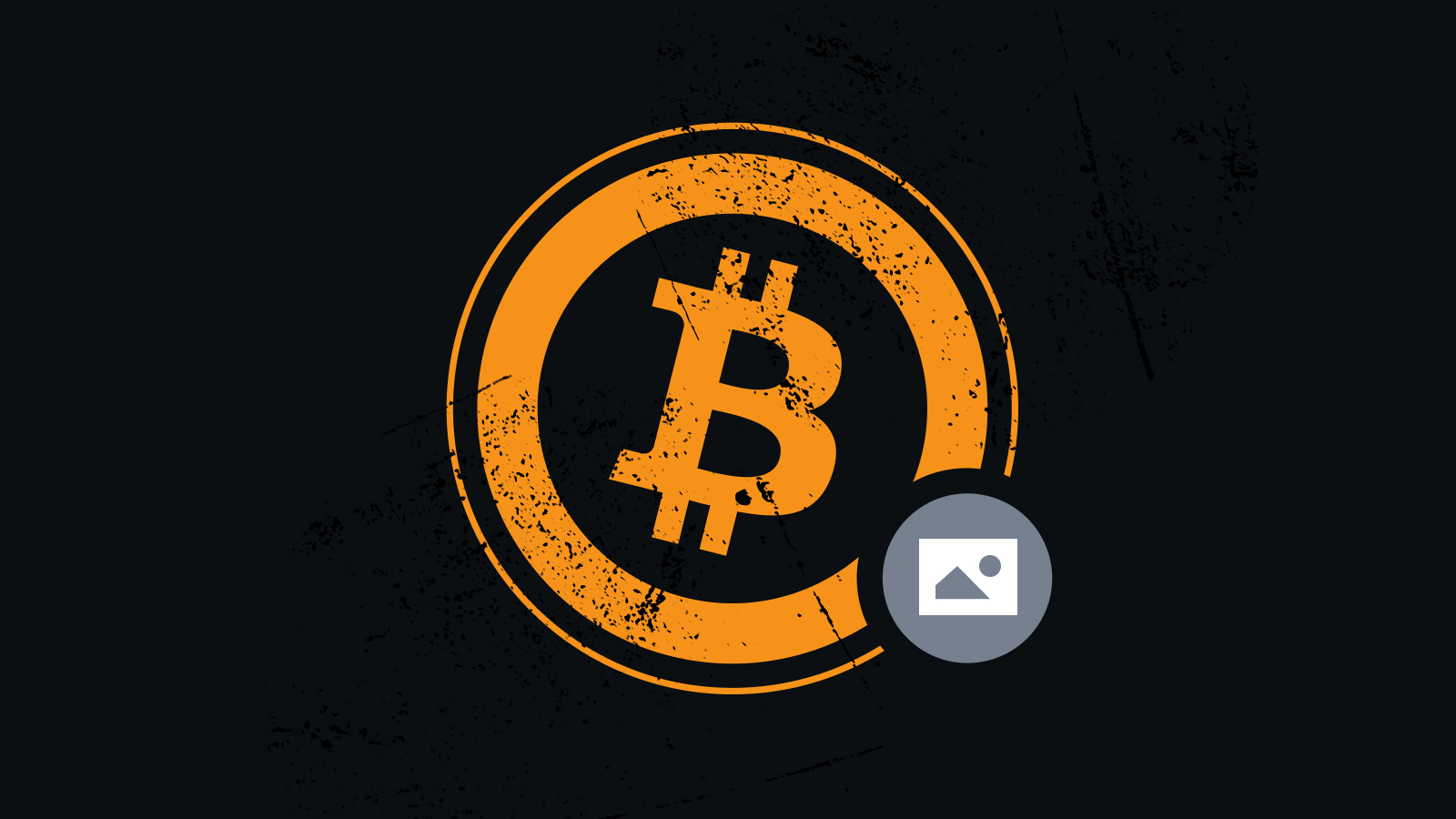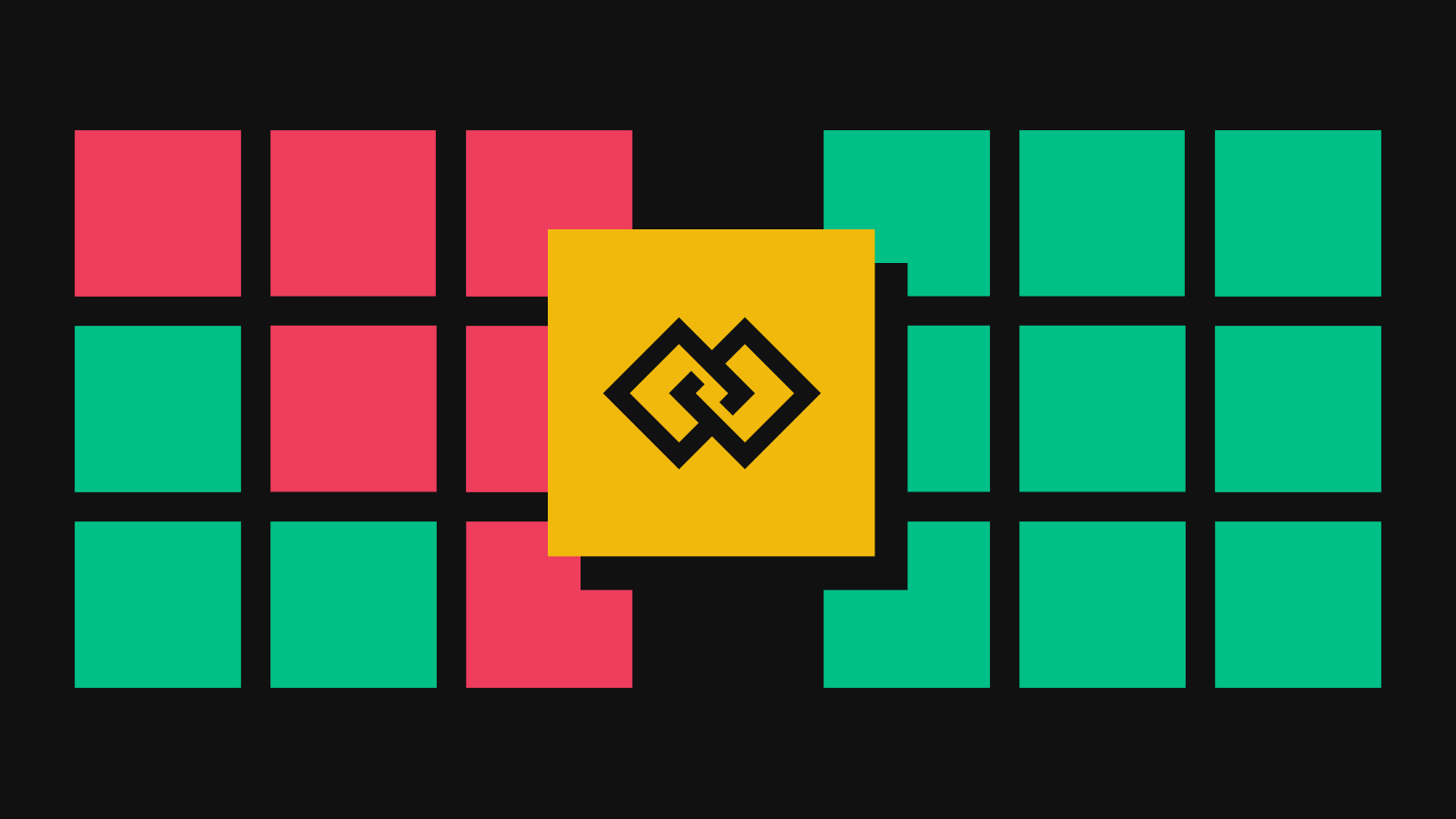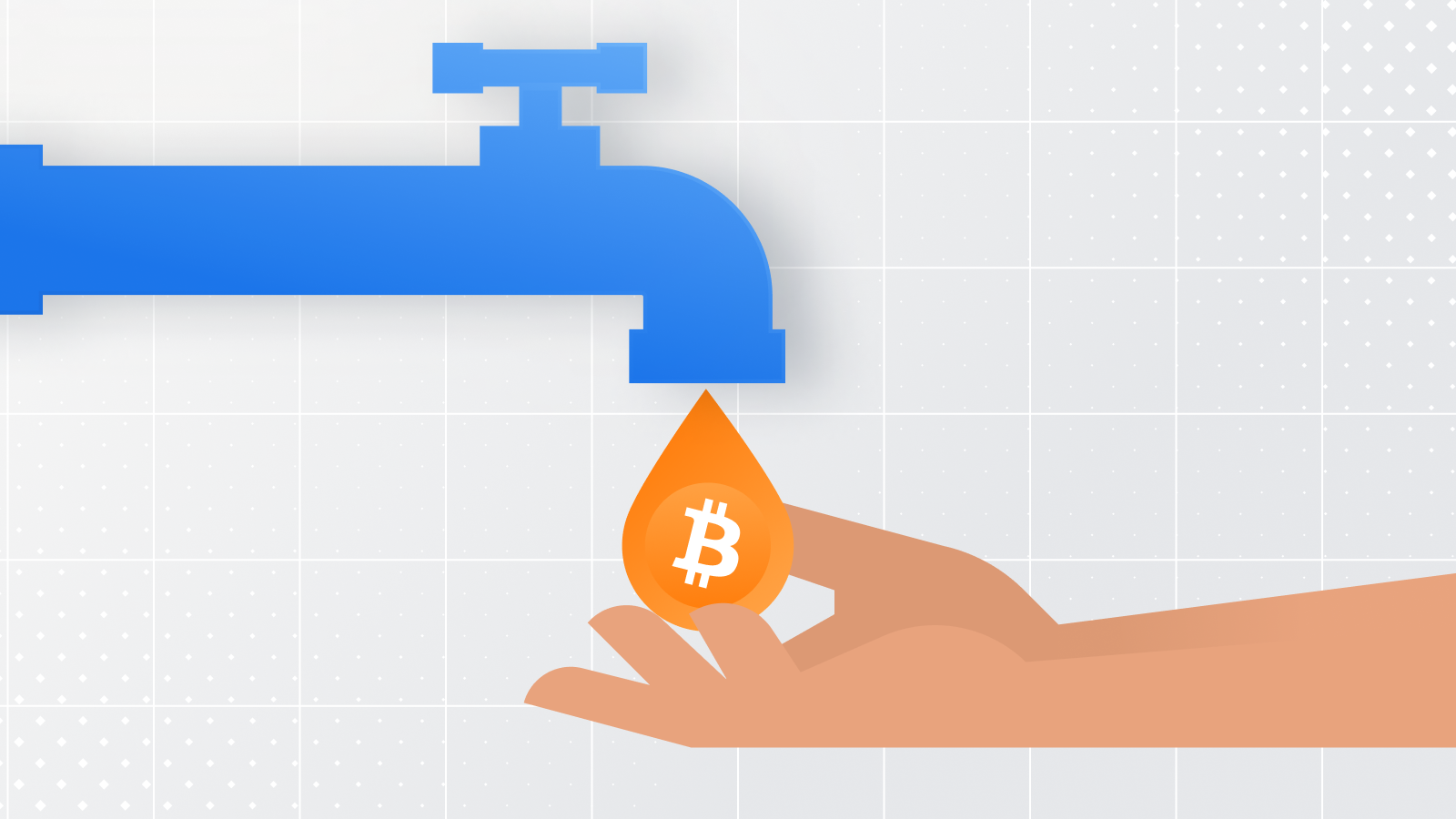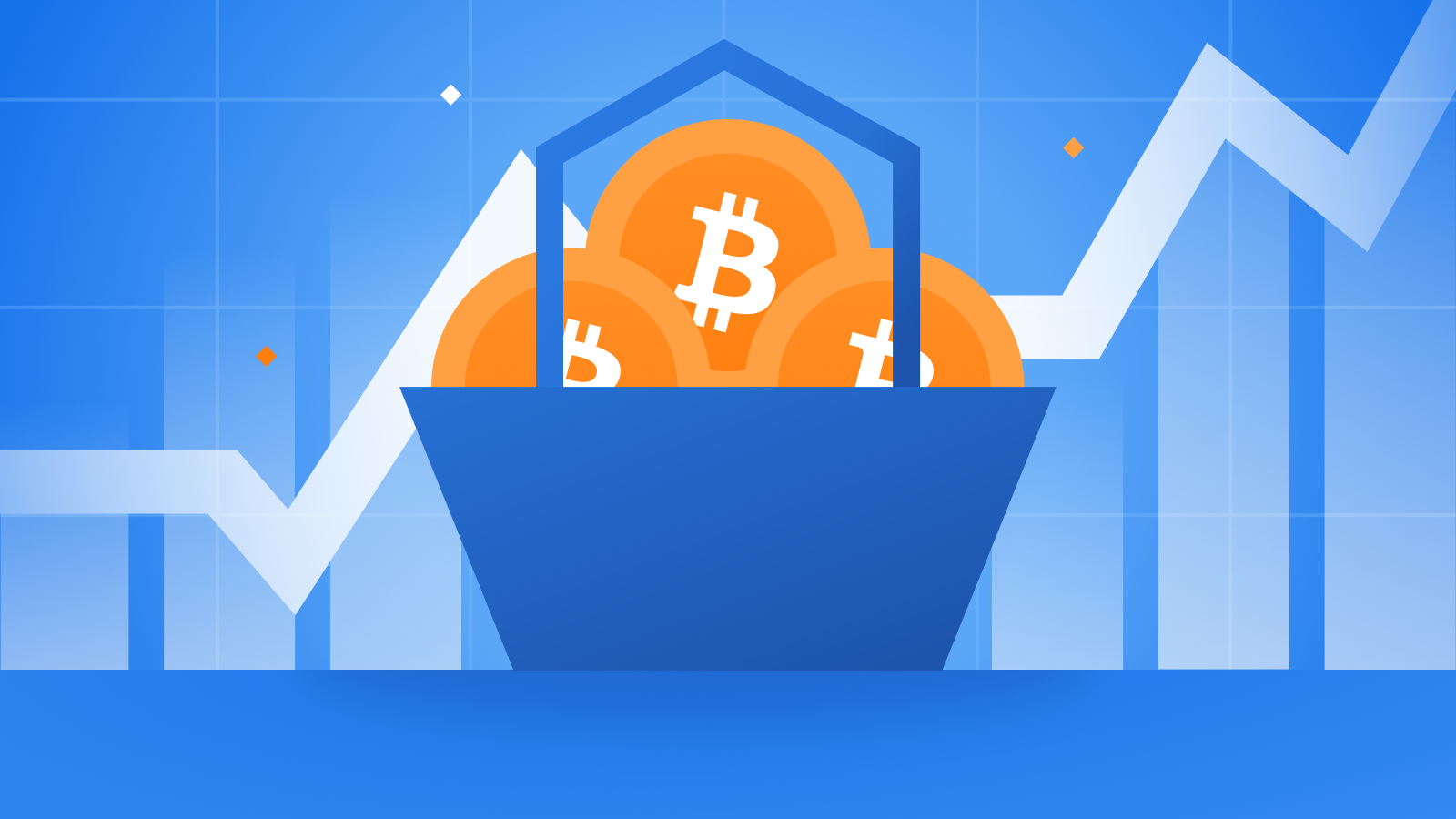Key Takeaways
The Bitcoin STAMPS protocol embeds images into the Bitcoin blockchain, enabling the integrity and immutability of digital art.
Compared to Bitcoin Ordinals, Bitcoin Stamps offer a safer approach to data storage and allow for more flexibility.
This article explores what Bitcoin Stamps are, how they work, and some of the ways they differ from Bitcoin Ordinals.
Introduction
Over time, Bitcoin has evolved to support various applications beyond its initial purpose, including embedding additional data within transactions. The Bitcoin STAMPS protocol enables data embedding, building on the capabilities introduced by previous technologies like the Ordinals protocol. In this article, we will explore what Bitcoin Stamps are, how they work, and what makes them different from Bitcoin Ordinals.
What Are Bitcoin Stamps?
Bitcoin Stamps represent a method for integrating digital art within the Bitcoin blockchain. They encode data within unspent transaction outputs (UTXOs), ensuring its immutability by permanently including it in the blockchain.
How Bitcoin Stamps Work?
A Bitcoin Stamp is created by turning a piece of digital art into a base64 string. The string is added to a Bitcoin transaction, marked with a "STAMP:" prefix. This data is spread out over several outputs using multi-signature transactions. This approach ensures that digital artwork will be permanently recorded on the Bitcoin blockchain.
Each Bitcoin Stamp gets a special number that's based on when the transaction happened, making it easier to keep them in order. For a Stamp to be officially recognized, it must meet certain rules, like being part of the first transaction that includes a valid "STAMP:base64" string.
Bitcoin Stamps Protocols
There are two main protocols used in Bitcoin Stamps: SRC-20 and SRC-721.
1. SRC-20. The SRC-20 token standard is built on the open Counterparty protocol. It embeds arbitrary data within spendable data transactions – unlike Ordinals, which places data in the witness section.
2. SRC-721. The SRC-721 standard makes it cheaper to create detailed NFTs. It uses the Bitcoin STAMPS protocol to store pictures in layers, cutting down on file size with methods such as indexed color palettes for each layer. The layers can be pulled together into a single NFT, allowing for the creation of high-quality images without incurring high costs.
Bitcoin Stamps vs. Bitcoin Ordinals
Bitcoin Stamps and Bitcoin Ordinals are inscription technologies on the Bitcoin blockchain. Both of them allow users to attach additional data to the Bitcoin network, but their approaches have distinct differences.
Data pruning
Bitcoin Ordinals store information as witness data in a separate part of a block of transactions. Witness data can be modified by a blockchain node through a process known as data pruning. In contrast, the Bitcoin STAMPS protocol embeds image data in unspent transaction outputs (UTXOs). Therefore, digital artwork minted with Bitcoin STAMPS cannot be pruned, preserving its immutability.
Data size and cost
Bitcoin Stamps offer flexible data storage, allowing creators to use images with a resolution of 24x24 pixels or higher. However, choosing larger images increases the data size, potentially leading to increased transaction costs for the Stamp. In contrast, Bitcoin Ordinals limit the size of the embedded data to the Bitcoin block size. This constraint on image resolution maintains consistent transaction fees but limits flexibility.
Signature type
Bitcoin Stamps are inherently designed with a multi-signature framework, which enhances data security. Conversely, Bitcoin Ordinals utilize a system that operates on a single signature basis.
Closing Thoughts
Bitcoin Stamps are a method of embedding digital artwork into the Bitcoin blockchain, ensuring its integrity and immutability. Unlike Bitcoin Ordinals, which are limited by block size and single-signature transactions, Bitcoin Stamps offer greater flexibility in data size and security through a multi-signature framework.
Further Reading
Disclaimer: This content is presented to you on an “as is” basis for general information and educational purposes only, without representation or warranty of any kind. It should not be construed as financial, legal or other professional advice, nor is it intended to recommend the purchase of any specific product or service. You should seek your own advice from appropriate professional advisors. Where the article is contributed by a third party contributor, please note that those views expressed belong to the third party contributor, and do not necessarily reflect those of Binance Academy. Please read our full disclaimer here for further details. Digital asset prices can be volatile. The value of your investment may go down or up and you may not get back the amount invested. You are solely responsible for your investment decisions and Binance Academy is not liable for any losses you may incur. This material should not be construed as financial, legal or other professional advice. For more information, see our Terms of Use and Risk Warning.



